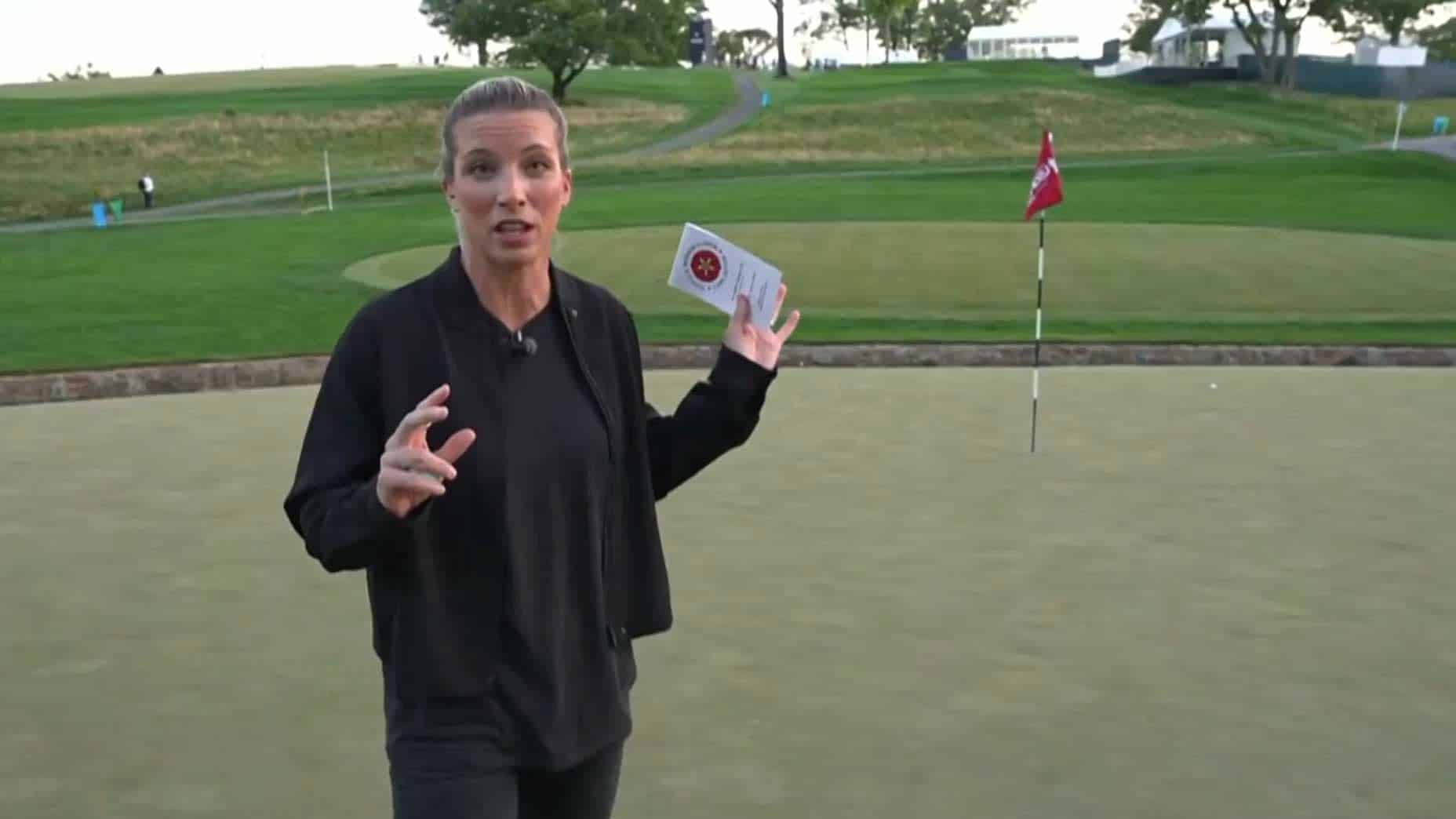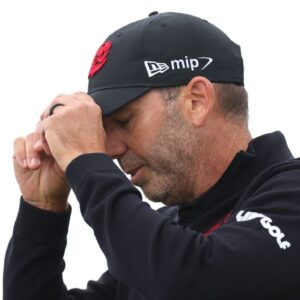Thursday was a chaotic day for me, moving between apartments in Chicago and missing most of the first round of the U.S. Women’s Open. Even amidst the moving frenzy, I couldn’t ignore the digital uproar over Nelly Korda’s disastrous septuple-bogey 10 on the 12th hole. As I shuffled between floors, the shockwaves of her performance trickled through my Twitter feed, overshadowing my hopes for a weekend filled with Nelly Golf highlights.
Discovering what went wrong with Korda’s round was a challenge. The USGA leaderboard’s shot tracer was more confusing than enlightening, showing a chaotic mess of red dots. The highlights provided quick snippets but lacked depth. They missed the gradual unraveling, the frantic decisions, and the real-time drama of a crumbling round. What I needed was context—detailed insights into how Korda’s game fell apart so spectacularly.
Enter Mel Reid, a savior for puzzled golf fans. Known more for her playing than broadcasting, Reid stepped in to fill the void of understanding. In a stroke of genius, Golf Channel had her break down what happened on the 12th hole, offering a masterclass in golf analysis. Sporting her Johnson Wagner hat, Reid reenacted Korda’s nightmare, explaining each challenge Korda faced. Her demonstration was not just informative but immersive, providing viewers a unique perspective they wouldn’t get even on the course.
Reid’s breakdown was a revelation. With a three-minute segment, she covered the green’s tricky speed, the perilous ball placements, and the ‘golf ball graveyard’ where many balls, including Korda’s, perished. Her explanation gave viewers a real sense of the hole’s difficulty and what Korda saw from her position. It was more than just a rehash of events; it was a meticulous exploration of the game’s nuances. Reid’s effort paid off when, during the tournament, fans could predict outcomes on the 12th hole based on her crisp analysis.
This is exactly what sports broadcasting needs—deep dives from those who’ve been in the trenches. Reid wasn’t just relaying what happened; she was interpreting it with the expertise only a seasoned pro could offer. Her insights were timely, especially when Minjee Lee’s similar challenge on the 12th hole unfolded. Thanks to Reid, viewers anticipated the ball rolling back into the dreaded ‘graveyard,’ appreciating the game’s finer strategies.
Reid’s performance showed that not just anyone can step in front of the camera and deliver such detailed, live analysis. It requires a blend of professional insight, broadcast skills, and the ability to think on one’s feet. The Golf Channel’s strategy of using ex-players like Reid is a win for fans, offering richer, more informed content. This approach elevates the viewing experience, turning passive watching into an engaging, educational journey.
Reid’s on-air expertise during the U.S. Women’s Open proved invaluable, turning a bewildering moment in golf into a learning experience for fans. Her adept handling of the 12th hole’s breakdown showcased how powerful context is in understanding the sport’s intricacies. As golf broadcasts continue to evolve, having more voices like Reid’s will be essential in bringing the complexity of the game to life for viewers everywhere.






